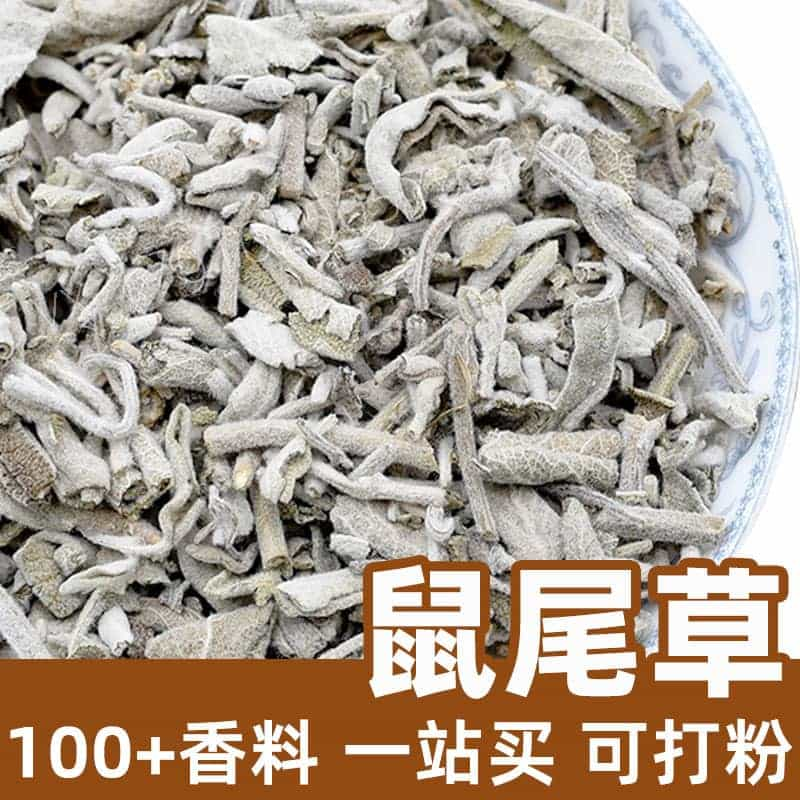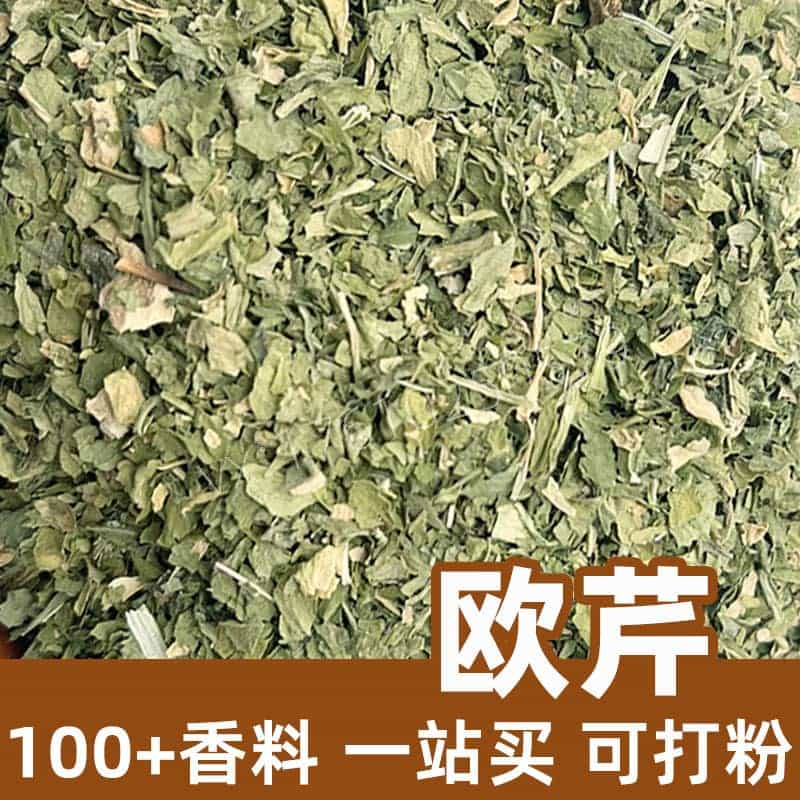Product Overview
Pinus koraiensis is a common evergreen conifer with a straight trunk and fan-shaped needles. Its long, slender leaves emit a rich pine fragrance, and its cone-shaped fruit contains pine nuts.
The fragrance of Pinus koraiensis comes from its bark, resin, and pine needles, which are rich in aromatic compounds, giving it its distinctive scent and medicinal properties. The tree’s chemical components, including pine oil, pinene, and turpentine, are extracted for various uses.
Aromatic Chemical Components
The distinct aroma of Pinus koraiensis is primarily derived from pine oil, pinene, and turpentine. These elements provide its unique, refreshing, and woody scent, often described as a cooling, clean pine fragrance.
Types of Pinus koraiensis Products
Pinus koraiensis is available in various forms, including essential oils, resins, and wood. Pinus koraiensis essential oil is distilled from the tree’s aromatic compounds, offering a pure scent. The resin, extracted from bark and sap, is used to make incense, salves, and scented blocks. Pinus koraiensis wood is popular in furniture and construction for its durability.
Usage Scenarios, Dosage, and Applications
Pinus koraiensis is widely used in the fragrance and medicinal industries. It’s a common ingredient in perfumes, incense, salves, and pine-scented air fresheners. Its aroma provides a refreshing, woody scent and releases a unique fragrance when burned.
In the medical field, Pinus koraiensis is often found in cough syrups and pine resin patches, offering expectorant and circulatory benefits.
In woodworking, Pinus koraiensis timber is valued for making furniture, construction materials, and art pieces. The wood is dense, uniformly colored, and resistant to decay, making it both decorative and functional.
Usage amounts vary depending on the product and purpose; it’s best to follow product-specific guidelines.
Botanical Information, Distribution, and Growth Environment
Native to East Asia, Pinus koraiensis is primarily found in northeastern China and the Russian Far East. It’s now cultivated in large areas across northern China.
Pinus koraiensis thrives in well-drained, nutrient-rich soil and cold climates, commonly growing in mountainous and forested plains.
Harvesting, Processing, and Storage
The tree’s bark, resin, and needles are harvested at optimal times. The collected materials are processed to extract pine oil and other aromatic compounds.
For optimal freshness and quality, store Pinus koraiensis in a cool, dry place, shielded from direct sunlight, ideally in sealed containers to preserve its shelf life.
Monica Sun is a seasoned expert in the natural raw materials industry, with over a decade of experience specializing in traditional Chinese medicinal herbs, spices, and fungi. She is skilled in the sourcing, processing, and application of these materials, emphasizing sustainability and innovation. Monica Sun has contributed to the development of high-quality natural raw materials that serve as essential components in functional foods, pharmaceuticals, and cosmetics, delivering tailored solutions to meet diverse market needs.









.jpg)


.jpg)


